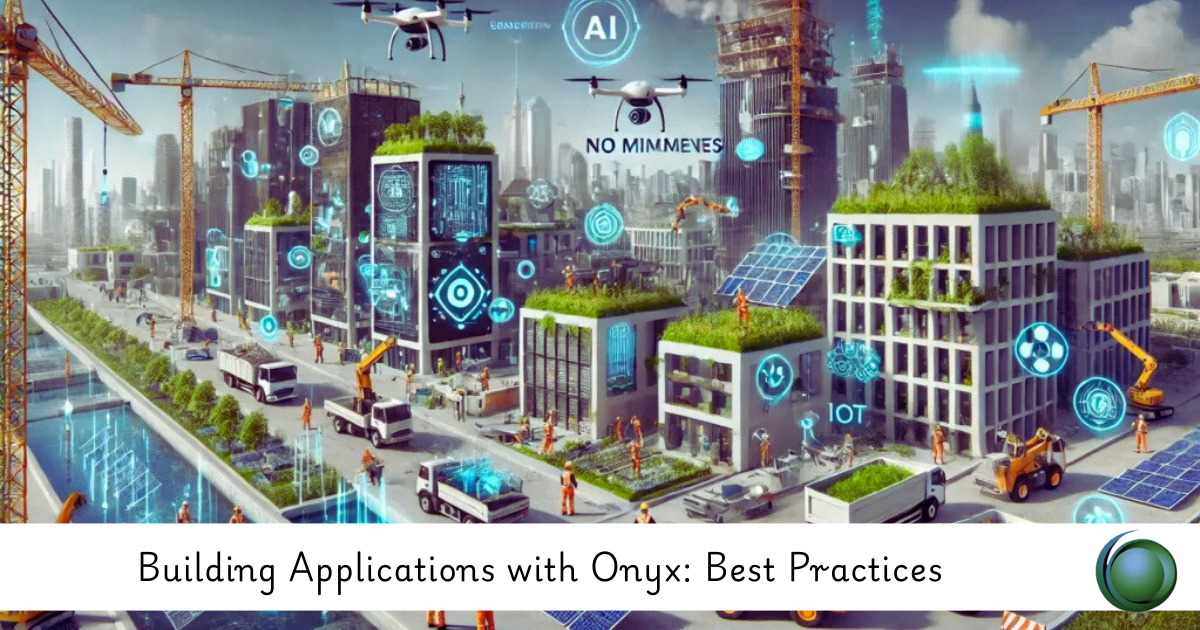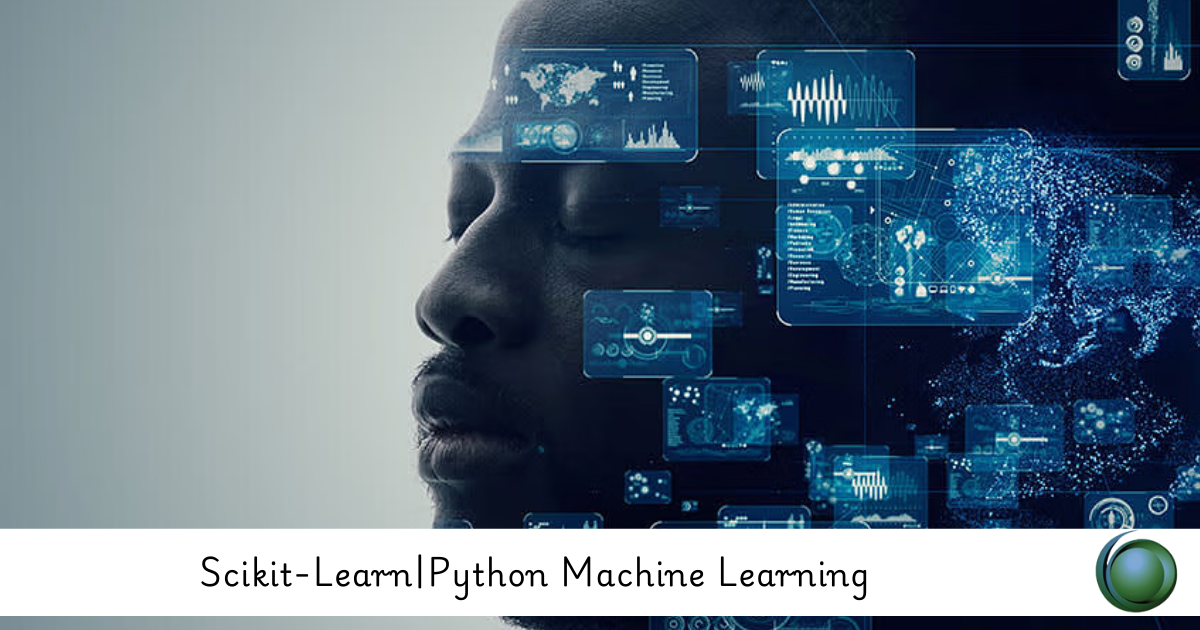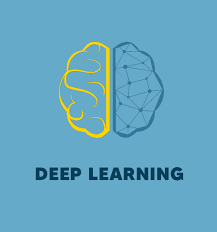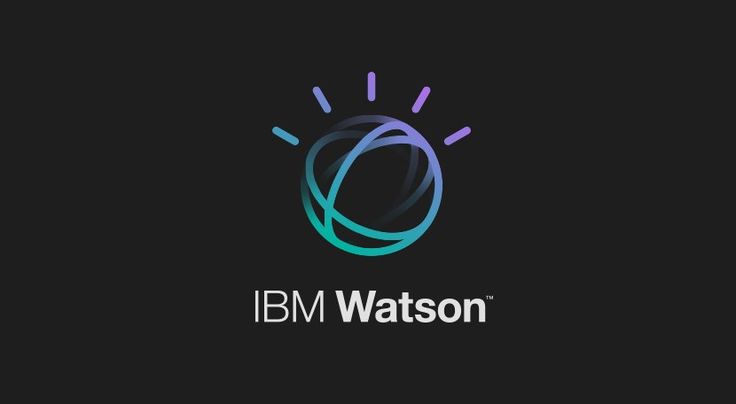Description
Introduction
Onyx is a powerful framework for building and deploying data-driven applications, particularly in the realm of machine learning and data analysis. This guide outlines best practices for developing applications with Onyx, focusing on efficient design, performance optimization, and maintainability. By following these best practices, developers can enhance the functionality and scalability of their applications, ensuring they meet user needs and industry standards.
Prerequisites
To effectively utilize this guide, readers should have:
- Familiarity with Onyx and its core concepts.
- Basic knowledge of programming languages such as Python or Java.
- Understanding of software development principles and methodologies.
- Experience with data analysis and machine learning concepts.
Table of Contents
- Understanding Onyx Architecture
1.1 Core Components of Onyx
1.2 Data Flow and Processing Models
1.3 Integration with Other Tools and Technologies - Designing Your Application
2.1 Defining Requirements and Use Cases
2.2 Structuring Your Codebase(Ref: Onyx for Data Analysis: A Comprehensive Guide)
2.3 Modular Design and Reusability - Data Management Best Practices
3.1 Efficient Data Handling and Storage
3.2 Data Validation and Quality Assurance
3.3 Implementing Data Versioning - Performance Optimization
4.1 Profiling and Benchmarking Your Application
4.2 Scaling Your Application with Onyx
4.3 Caching Strategies for Improved Performance - Testing and Validation
5.1 Writing Unit and Integration Tests
5.2 Continuous Integration and Deployment (CI/CD) Practices
5.3 User Acceptance Testing (UAT)(Ref: FASTag Testing (Functional)) - Monitoring and Maintenance
6.1 Implementing Logging and Monitoring
6.2 Handling Errors and Exceptions Gracefully
6.3 Regular Maintenance and Updates - Security Best Practices
7.1 Protecting Sensitive Data
7.2 Implementing Authentication and Authorization
7.3 Staying Compliant with Regulations - Case Studies and Real-World Applications
8.1 Successful Implementations of Onyx
8.2 Lessons Learned from Case Studies
8.3 Future Trends in Onyx Applications - Conclusion
9.1 Recap of Key Practices
9.2 Encouragement for Continuous Improvement
9.3 Resources for Further Learning
Conclusion
Building applications with Onyx can greatly enhance your data processing capabilities and machine learning workflows. By adhering to the best practices outlined in this guide, developers can create robust, efficient, and scalable applications. As technology evolves, staying informed about the latest trends and practices will empower developers to leverage Onyx effectively and continue improving their applications for better performance and user experience.







Reviews
There are no reviews yet.